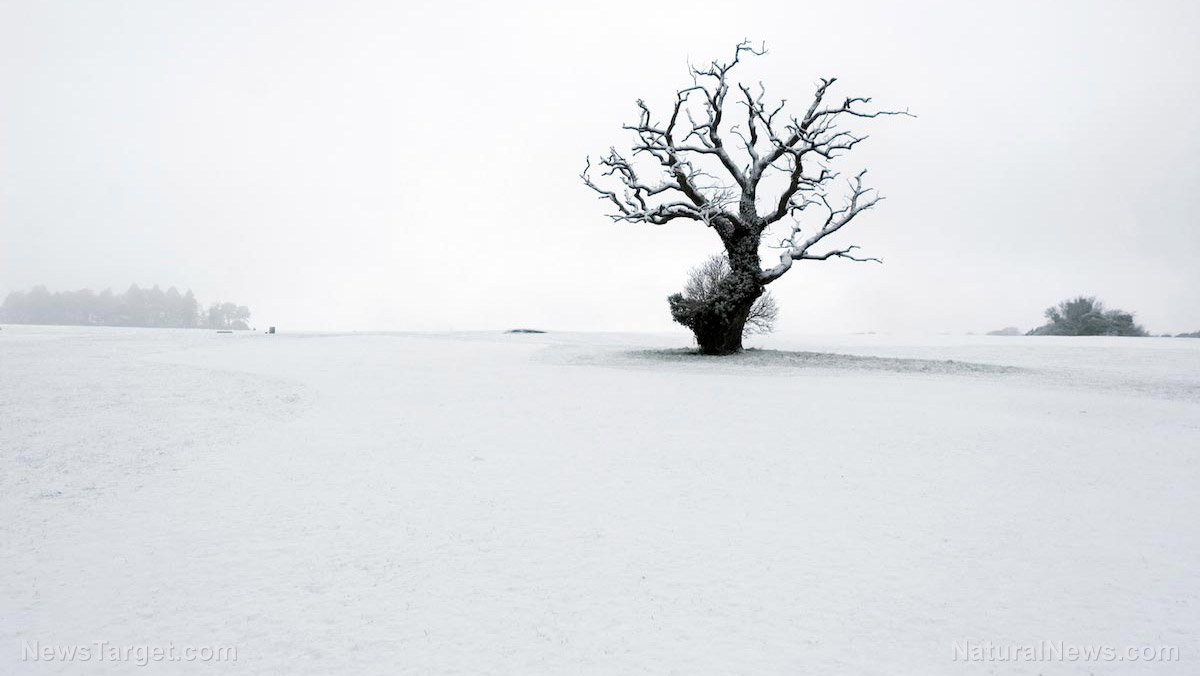
Everything looked promising. Abundance was predicted, but a larger, unexpected force of nature reared its head and took Western Kansas by surprise. Near the end of April, heavy snow and blizzard conditions descended, pummeling the new wheat crop in Western Kansas. The breadbasket of the nation lost all of its wheat in the northwestern quadrant; 14 to 20 inches of snow fell in Colby County, burying the fields.
Kansas produces one-fifth of the nation’s wheat. In 2016, 467 million bushels were harvested. Winter wheat, which is dormant in the winter but sprouts again in the spring, makes up at least two-thirds of the annual US wheat crop. In just two hours of sub-32 degree Fahrenheit weather, new wheat crops begin to suffer damage. According to the Kansas Wheat commission, “Freeze injury during heading and flowering stages can cause severe yield consequences.”
Dozens of crops scouts, growers, grain traders, and government officials have begun a three-day tour of Kansas to survey the damage. This annual tour, sponsored by the Wheat Quality Council, seeks to estimate the upcoming year’s harvest. So far, predictions look bleak. The surveyors will also be looking at other problems including the prevalence of the Wheat Streak Mosaic Virus, nitrogen and sulfur deficiencies and stem, stripe and leaf rusts.
The USDA was set to make its official predictions for the winter wheat crop on May 10. In February, projections were already down 20 percent due to a sharp reduction in wheat sowing. 2017 could be the lowest wheat harvest since records were first started in 1919, due to this late winter storm.
Tips to prepare for food disruptions
U.S. consumers have grown so accustomed to having food available 24/7, but the reality of food disruption confronts us. With the entire wheat crop destroyed in western Kansas, we are reminded of the volatility of the food supply. How do you prepare for real-life disasters and food disruptions?
Here are a few tips:
- Keep an inventory of the food you have in your home and rotate the foods that are nearing their expiration date into your current meal plan. There’s nothing worse than storing extra food, only to watch it spoil.
- Invest in countertop sprouting containers and sprouting seeds. This mini food system provides nutrient-rich sprouts in a week’s time, all in the safe confines of your home. Wheat grass is a great seed to sprout!
- Stock up on nutritious healing foods that won’t spoil and don’t need refrigeration, such as apple cider vinegar (maintains gut health), sea salt (handy for food preservation), and raw honey (great antibiotic, energy food). (RELATED: These 10 foods quickly disappear from stores when a disaster strikes)
- Keep an emergency stash of seeds in case a prolonged food disruption forces you to rely on what you can grow.
- Stock up on high-value items that are critical during a collapse scenario. These items can be used to barter for certain foods that might not be readily available in a chaotic scenario.
- Purchase a book that helps you identify edible wild plants/mushrooms in your area. Practice using the book and identifying wild edibles so you can access raw food that many people won’t know about in a crisis situation.
- Purchase a combination of rice, quinoa, millet, beans, and oats in bulk and then seal the food in large Mylar bags. The bulk bags can be further sealed inside five-gallon buckets to protect from rodents and for easy storage and mobility.
- Make food storage preparations even easier by investing in a pre-sealed, storable food supply that contains a variety of wholesome foods. The Ranger Bucket Organic Emergency Storable Food Supply provides a tasty variety of foods that are organic and lab verified, free from heavy metals and other toxins.
Sources:
Please contact us for more information.























